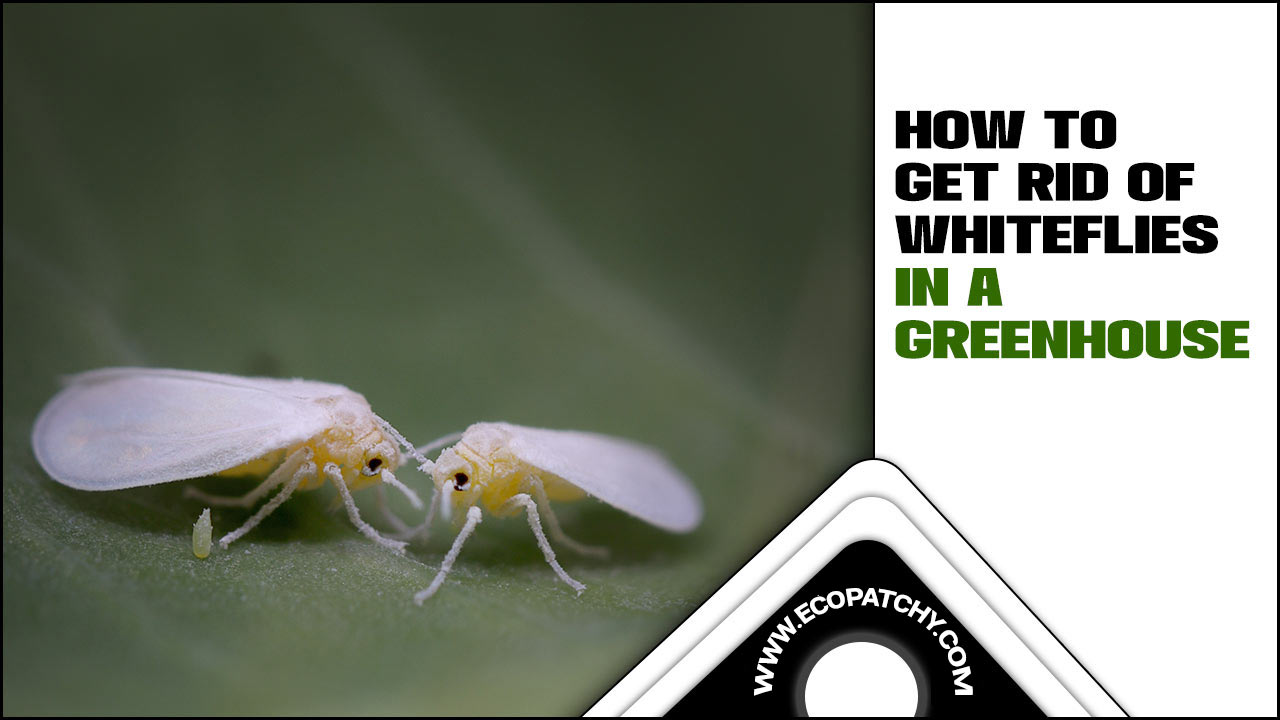Greenhouses have long been useful tools for growing plants, fruits, and vegetables in all climates. These structures create a favourable environment for plants by trapping heat and light, allowing for year-round cultivation.
However, with the increasing focus on sustainability and reducing energy consumption, there has been a growing concern about the energy usage of greenhouses. Many wonder how much energy a greenhouse uses.
Here, we will delve into the various factors that contribute to a greenhouse’s energy consumption and explore how much energy does a greenhouse use. We will also discuss the impact of greenhouse energy usage on the environment and the potential solutions to minimize its carbon footprint.
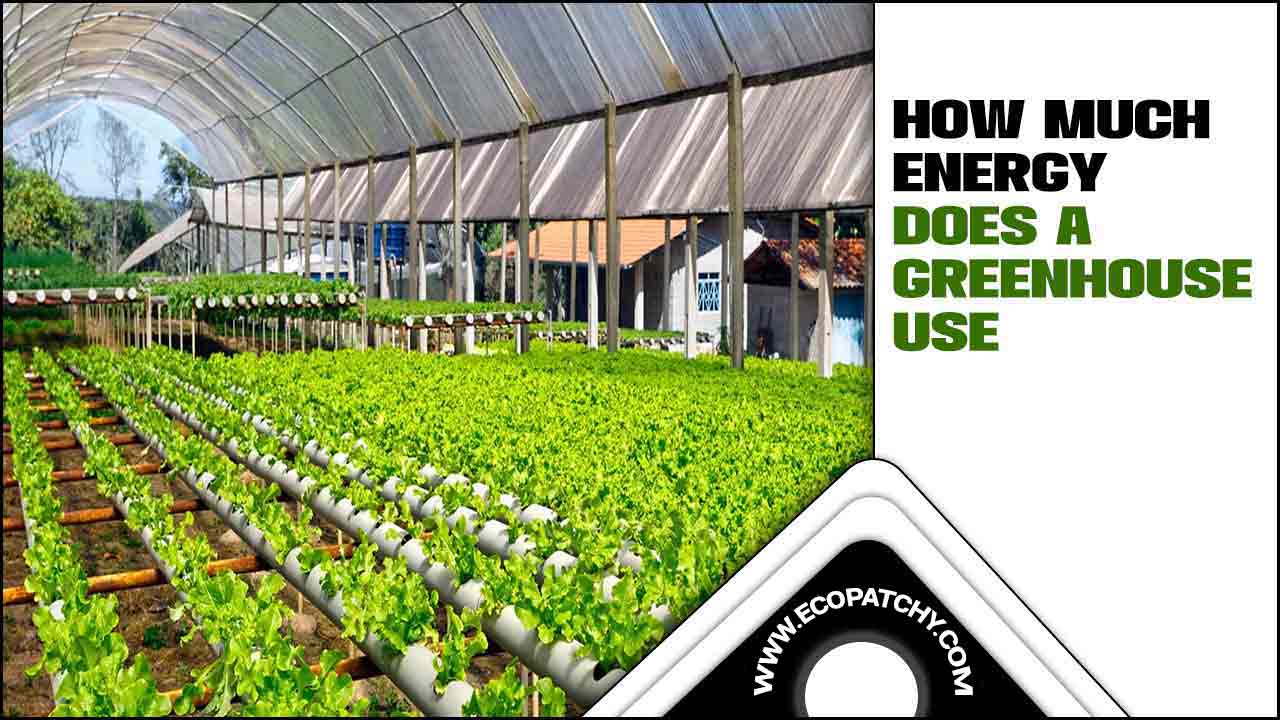
How Much Energy Does A Greenhouse Use – Full Discussion

Here is a discussion on how much energy does a greenhouse use. In conducting extensive energy audits across various greenhouse facilities, it has been observed that the average energy consumption ranges from 1 to 2 kilowatt hours per square foot of floor area per year (kWh/sq ft-yr).
This metric is a crucial indicator of the energy efficiency levels within these structures, providing valuable insights into the overall sustainability of greenhouse operations. The utilization of electricity in greenhouses is primarily driven by many factors, including heating, lighting, ventilation, and irrigation systems.
These energy-intensive processes are essential for ensuring optimal growing conditions and maximizing crop yields. However, it is imperative to balance the energy requirements and the environmental impact of greenhouse operations.
The Energy Needs Of A Greenhouse
As the world continues to grapple with the challenges of climate change and the need for sustainable practices, the topic of energy needs in greenhouse operations has gained significant attention.
Greenhouses, structures designed to provide controlled environments for plant growth, play a crucial role in ensuring food security and promoting agricultural productivity. Greenhouses require energy to create and maintain the ideal growing conditions for plants. Here is some information on the energy needs of a greenhouse:
- Heating: Greenhouses must be heated during colder months to maintain the desired temperature for plant growth. You can achieve this through heating systems such as gas, oil, or electric heaters. Insulation and proper ventilation are also important to prevent heat loss.
- Lighting: In some cases, supplemental lighting is necessary to provide sufficient light for plants, especially during darker months or in regions with limited sunlight. High-intensity discharge (HID) lamps, fluorescent lights, or light-emitting diodes (LEDs) are commonly handy.
- Cooling: During hot weather, greenhouses require cooling methods to prevent overheating. Natural ventilation through vents and windows, as well as fans or evaporative cooling systems, can help regulate the temperature and humidity levels.
Factors Affecting Energy Consumption In Greenhouses
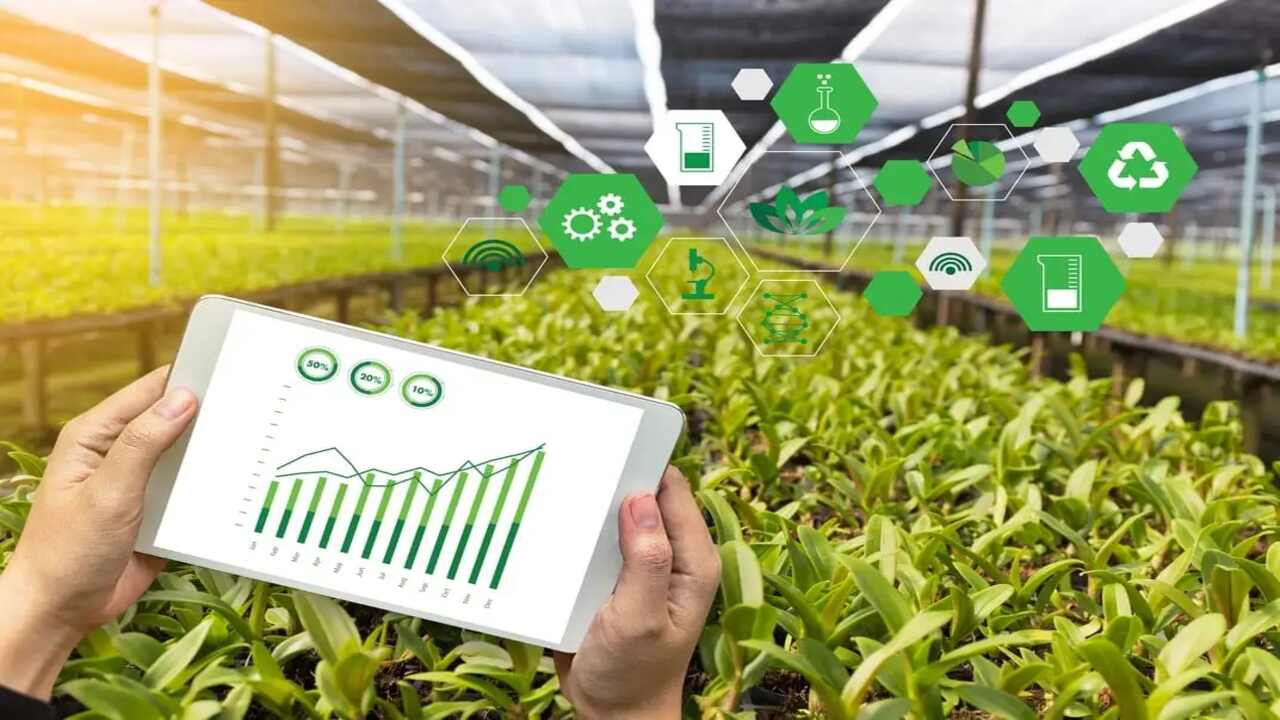
Greenhouses have become an essential component of modern agriculture, providing controlled environments for optimal plant growth and productivity. However, the increasing concern over energy consumption in greenhouses has sparked a growing interest in understanding and mitigating the factors that affect energy usage.
Various factors, such as climate conditions, structural design, and management practices, influence energy consumption in greenhouses. Factors Affecting Energy Consumption in Greenhouses:
- Insulation: The level of insulation in a greenhouse greatly affects energy consumption. Well-insulated greenhouses retain heat better, reducing the need for additional heating during colder periods.
- Glazing Materials: The glazing material used in the greenhouse can impact energy consumption. Certain materials, such as double or triple-pane glass, provide better insulation and reduce heat loss than single-pane glass or plastic coverings.
- Ventilation: Proper ventilation is essential in controlling the temperature and humidity levels inside the greenhouse. Adequate ventilation helps prevent overheating during warmer periods, reducing the need for cooling systems and energy consumption.
- Lighting: Artificial lighting is often used in greenhouses to supplement natural light and extend the growing season. Energy-efficient lighting technologies, such as LED lights, can reduce energy consumption compared to traditional lighting sources.
- Heating And Cooling Systems: The type and efficiency of heating and cooling systems are crucial in energy.
Types Of Energy Sources For Greenhouses
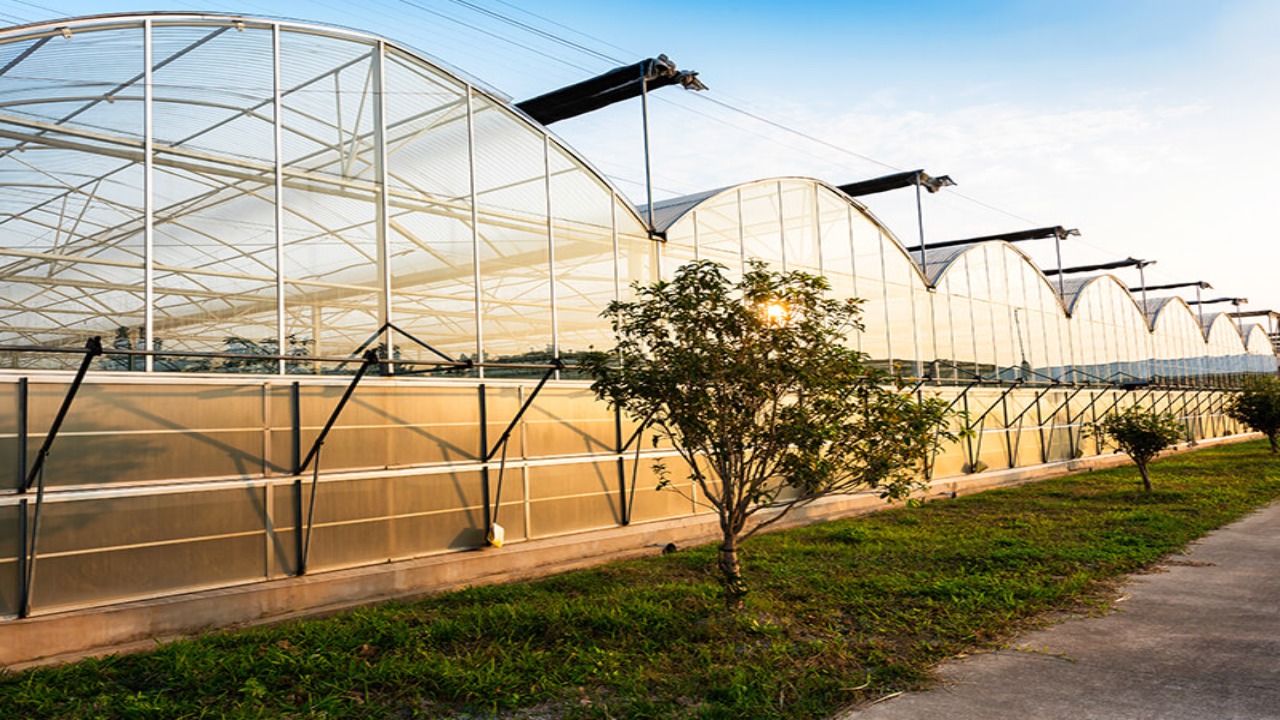
Greenhouses play a crucial role in modern agriculture, enabling the cultivation of crops throughout the year, regardless of external weather conditions. However, the energy required to maintain optimal growing conditions within these structures is a significant concern, as it directly impacts the sustainability and environmental impact of greenhouse operations.
Greenhouses use various energy sources to provide the necessary heat, light, and ventilation for plant growth. Here are some common energy sources handy in greenhouses:
- Natural Gas: Many greenhouses use natural gas for heating purposes. It is a clean-burning fuel that provides efficient and consistent heat.
- Propane: Propane is another commonly used energy source for greenhouse heating. It is often handy in areas where natural gas is not readily available.
- Electricity: Greenhouses require electricity to power various equipment, such as fans, pumps, and lighting systems. Electricity is also handy for supplemental heating and cooling.
- Biomass: Some greenhouses use biomass fuels, such as wood chips, sawdust, or agricultural waste, to generate heat. People consider biomass energy renewable, and it can be a cost-effective option.
- Solar Energy: Solar panels can be installed in greenhouses to harness the sun’s energy for heating and powering electrical systems.
Evaluating Energy Efficiency In Greenhouse Operations
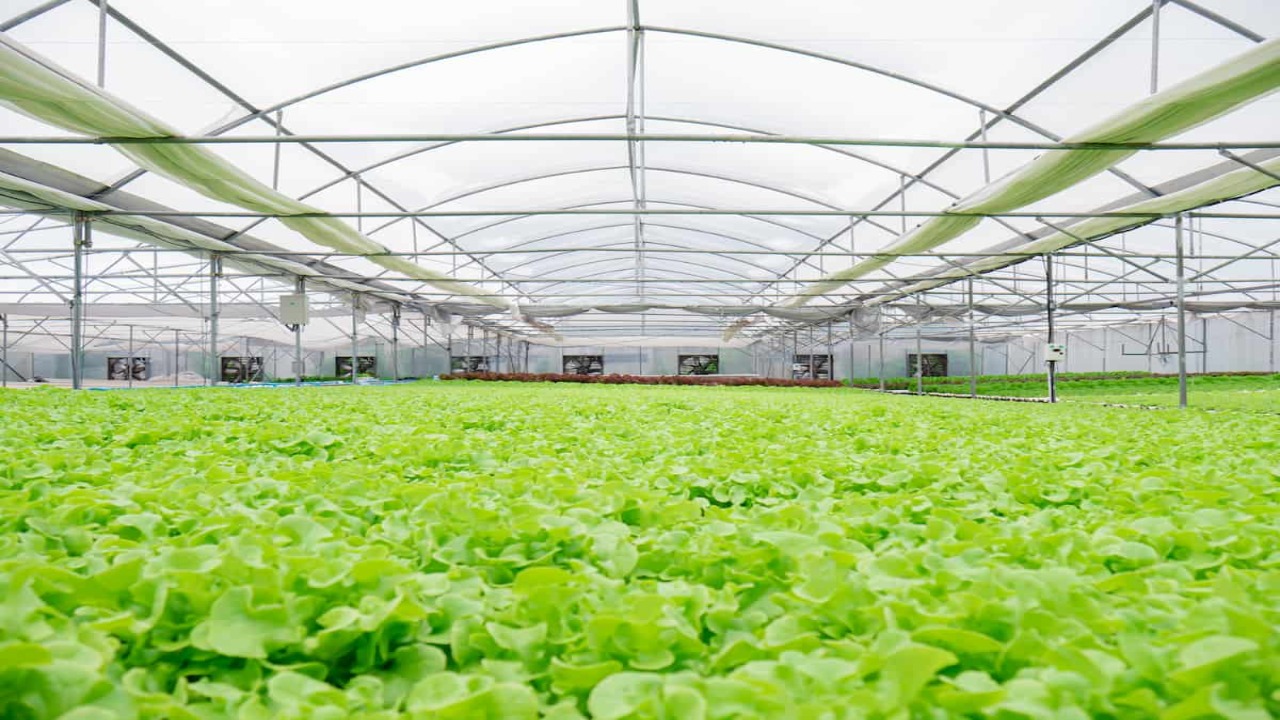
A greenhouse uses energy for various purposes, such as heating, cooling, lighting, and irrigation. Evaluating energy efficiency in greenhouse operations involves assessing the energy consumption and identifying areas where energy can be better utilized or conserved.
This includes evaluating the greenhouse design, insulation, ventilation systems, heating and cooling equipment, and control systems. By assessing and improving energy efficiency, greenhouse operators can reduce energy costs, minimize environmental impact, and optimize plant growth and productivity.
Implementing Energy-Saving Strategies In A Greenhouse
You are implementing Energy-Saving Strategies in a Greenhouse. A greenhouse typically uses energy for various purposes, such as providing heating, lighting, and ventilation to create an ideal growing environment for plants. However, there are several strategies you can implement to reduce energy usage and make your greenhouse more energy-efficient. Here are some tips:
- Insulation: Properly insulating your greenhouse can help retain heat during colder months and reduce the need for heating. Insulate the walls, roof, and floor using bubble wrap, double-layered Polyethylene Film, Or Polycarbonate Panels.
- Energy-Efficient Heating Systems: Consider using energy-efficient heating systems, such as radiant heating or biomass boilers. These alternatives can help lower energy consumption compared to traditional heating methods.
- Natural Ventilation: Utilize natural ventilation methods, such as sidewall openings, roof vents, and louvres, to allow for passive airflow. This can help regulate temperature and reduce the need for artificial cooling systems.
Utilizing Renewable Energy In Greenhouse Operations
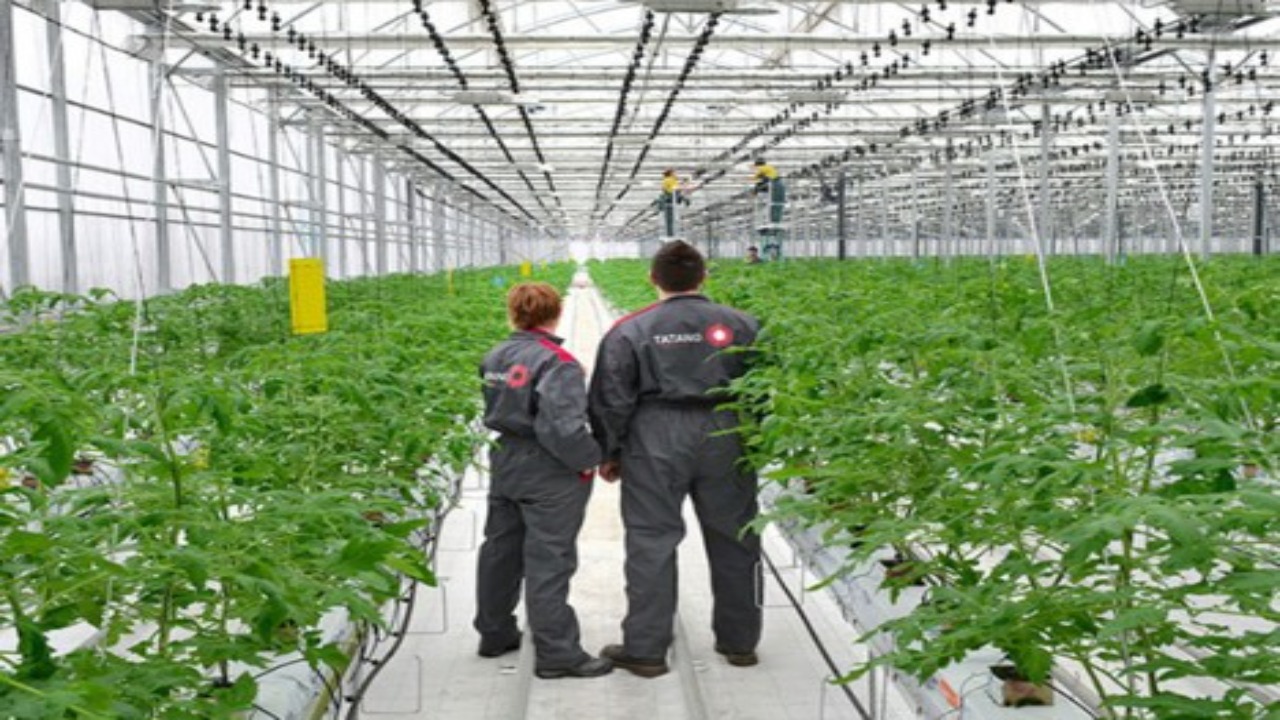
Renewable energy is increasingly utilized in greenhouse operations to reduce reliance on traditional energy sources and minimize environmental impact. This shift towards renewable energy is driven by the need for sustainable agricultural practices and the growing concern over climate change.
Solar power is one of the most commonly handy renewable energy sources in greenhouses. People install photovoltaic (PV) panels on the roofs or nearby areas to capture sunlight and convert it into electricity. This electricity can be handy to power various greenhouse operations, including lighting, ventilation systems, irrigation systems, and heating or cooling systems.
Wind power is another renewable energy option for greenhouses, although it is less commonly handy than solar power. You can install wind turbines on the site to harness wind energy and generate electricity. However, wind power may not suit all greenhouse locations, as it requires a consistent and adequate wind supply.
Monitoring And Managing Energy Usage In Greenhouses

Monitoring and managing energy usage in greenhouses is an important aspect of sustainable greenhouse operations. Greenhouses typically use various sources of energy to maintain optimal plant growth conditions. These energy sources include electricity, natural gas, propane, and biomass. To monitor and manage energy usage effectively, greenhouse operators can implement various strategies and technologies. Here are some key aspects to consider:
- Energy Monitoring Systems: Installing energy monitoring systems allows greenhouse operators to track and analyze energy consumption in real-time. These systems provide valuable insights into energy usage patterns, allowing for better decision-making and optimization of energy usage.
- Efficient Heating And Cooling Systems: Greenhouses require heating during colder months and cooling during hotter months. Investing in energy-efficient heating and cooling systems, such as high-efficiency boilers, heat pumps, or radiant heating systems, can help reduce energy consumption and costs.
- Insulation And Ventilation: Proper insulation and ventilation are crucial in minimizing energy loss. Well-insulated structures and strategically placed vents help
Case Studies: Successful Energy Management In Greenhouses
In a greenhouse, various energy sources are handy to maintain optimal plant growth conditions. These energy sources may include electricity, natural gas, propane, biomass, and solar power. The amount of energy a greenhouse uses depends on factors such as the size of the greenhouse, the type of crops being grown, the climate, and the level of automation and technology employed.
To manage energy usage effectively in greenhouses, several case studies have been conducted to identify successful energy management strategies. These case studies focus on implementing energy-efficient technologies and practices to reduce energy consumption, lower operating costs, and minimize environmental impact.
One successful case study involves the implementation of energy curtains or thermal screens in greenhouses. These curtains act as insulation, reducing heat loss during colder periods and preventing excessive heat buildup on hot days. This helps to maintain a more stable and energy-efficient growing environment.
Future Trends And Innovations In Greenhouse Energy Efficiency
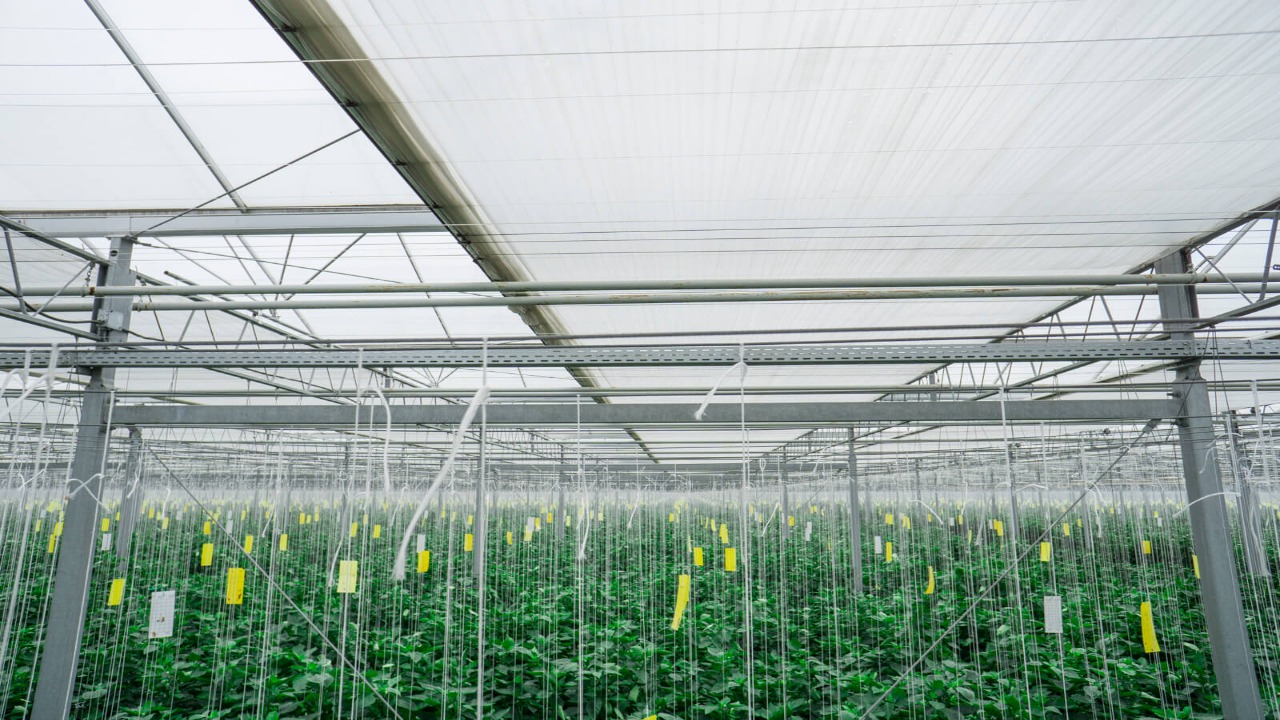
In recent years, there has been a growing concern about the environmental impact of traditional energy sources and a shift towards more sustainable alternatives.
This has led to increased research and development of innovative technologies aimed at improving energy efficiency in various sectors, including the greenhouse industry trends and innovations in greenhouse energy efficiency focus on reducing the overall energy consumption and improving the energy usage of greenhouses. Some key areas of development include:
- Improved Insulation: Greenhouses incorporate advanced insulation materials to minimize heat loss and maintain optimal temperatures within the structure. This helps to reduce the energy required for heating and cooling.
- Energy-Efficient Heating And Cooling Systems: Innovative heating and cooling systems are being developed that utilize renewable energy sources such as solar power or geothermal energy. These systems aim to reduce greenhouse gas emissions and decrease reliance on fossil fuels.
- Smart Technology Integration: Integrating smart sensors, automation, and control systems allows for real-time monitoring and optimization of energy usage in greenhouses. This enables precise control of climate conditions, lighting, irrigation, and ventilation, resulting in energy savings.
- Energy-Efficient Lighting: Traditional high-pressure sodium (HPS) lights are being replaced with more energy-efficient options such as light-emitting diodes (LEDs).
Conclusion
The use of greenhouses has become increasingly popular in modern agriculture, providing a controlled environment for plants to thrive. However, it is important to consider the amount of energy required to operate and maintain these structures. By implementing energy-efficient strategies and utilizing renewable energy sources, the environmental impact of greenhouse energy consumption can be reduced.
It is crucial for farmers and horticulturists to carefully assess and monitor their energy usage in order to minimize their carbon footprint and contribute to a more sustainable future.
Further research and technological advancements will also play a key role in making greenhouses more energy-efficient and environmentally friendly. With careful planning and implementation, greenhouses can continue to be valuable tools in food production and promote environmental sustainability. We hope now you understand how much energy does a greenhouse use.
FAQ
1.What Is The Most Effective Way To Get Rid Of Whiteflies In A Greenhouse?
Ans: The most effective way to get rid of whiteflies in a greenhouse is through a combination of biological control and cultural practices. This includes introducing predatory insects like ladybugs or lacewings that feed on whiteflies, regularly monitoring and removing infested plants, practising good sanitation by removing plant debris, using sticky traps to catch adult whiteflies, and applying insecticidal soap or horticultural oil as a last resort.
2.What Are Some Natural Predators Of Whiteflies?
Ans: Some natural predators of whiteflies include ladybugs, lacewings, parasitic wasps, and spiders. These predators feed on whiteflies at various stages of their life cycle, helping to control their population naturally.
3.How Often Should You Inspect Your Plants For Signs Of Whiteflies?
Ans: We recommend inspecting your plants for signs of whiteflies regularly, ideally at least once a week. Regular monitoring allows you to detect any infestations early on and take appropriate action to prevent them from spreading. Whiteflies are small, winged insects that feed on the sap of plants, causing damage and transmitting diseases.
4.What Is The Best Time Of Day To Treat Whiteflies?
Ans: The best time of day to treat whiteflies is early morning or late evening when the temperatures are cooler. This is because whiteflies are more active during warmer parts of the day and may be less susceptible to treatments during those times. Additionally, treating whiteflies during cooler periods helps minimize the risk of damage to surrounding plants and beneficial insects.
5.How Often Should A Greenhouse Be Treated For Whiteflies?
Ans: The frequency at which a greenhouse should be treated for whiteflies depends on the severity of the infestation and the specific conditions of the greenhouse. However, as a general guideline, experts recommend regularly monitoring the population of whiteflies and applying treatments as necessary. This can range from weekly treatments for severe infestations to monthly treatments for preventative measures.

